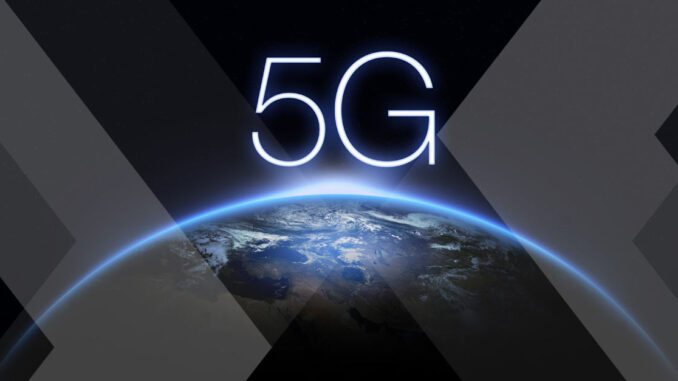
5G technology sets ambitious targets for latency, aiming to achieve 1 millisecond (ms) or less for ultra-reliable low-latency communication (URLLC). This target is crucial for applications that require immediate responsiveness, such as autonomous vehicles, remote surgery, and industrial automation.
Importance of Low Latency – Real-Time Applications: The low latency of 5G is essential for applications that depend on real-time data processing. For instance, in autonomous driving, vehicles must communicate and react to their environment almost instantaneously to ensure safety.






Enhanced User Experience: Users will benefit from smoother experiences in activities such as online gaming, virtual reality (VR), and augmented reality (AR), where delays can significantly impact performance and enjoyment.
Technological Advancements: Achieving these latency goals involves leveraging advanced technologies such as massive MIMO (Multiple Input Multiple Output) and beamforming, which enhance the efficiency of data transmission and reduce delays.
Challenges and Considerations
While the theoretical capabilities of 5G suggest that achieving latency below 1 ms is possible, real-world implementations may face challenges. Factors such as network infrastructure and the integration of existing technologies can affect the actual latency experienced by users.
In summary, the target latency goals of 5G technology are set at an impressive 1 ms or less, which is pivotal for enabling a new wave of applications and enhancing overall user experiences across various sectors.


Leave a Reply